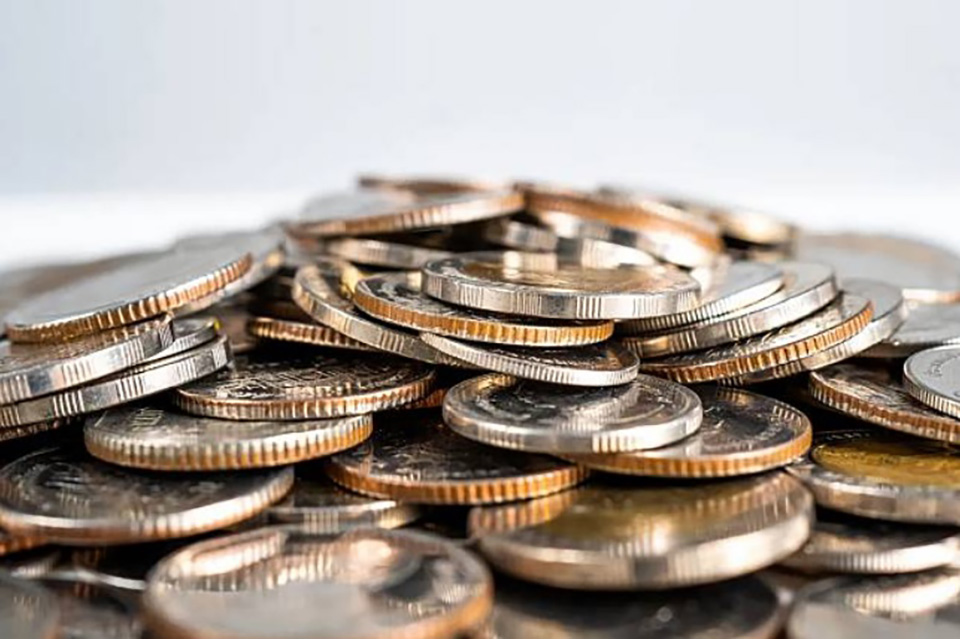
BANGKOK, Thailand – Poon Panichpibool, Market Strategist for Krungthai GLOBAL MARKETS at Krungthai Bank, projects the Thai baht to move within a range of 33.00-33.65 baht per dollar this week, and between 33.15-33.45 baht today. The baht opened at 33.28 baht per dollar on October 15, slightly appreciating from last week’s close of 33.34. The baht has been trading sideways, fluctuating between 33.11 and 33.36 baht per dollar, with occasional strengthening driven by rising gold prices, which have been buoyed by uncertainty in the Middle East.
However, the rise in gold prices has been limited, and the baht’s strength has been capped by rising U.S. dollar and bond yields. The dollar’s strength and a retreat in gold prices caused the baht to slightly weaken but kept it trading around the 33.20-33.30 zone, seen as a short-term resistance level.
The past week saw the baht’s depreciation slow due to dollar sales by exporters, a rebound in gold prices, and a temporary dip in the U.S. dollar following mixed economic data.
This week, attention will focus on the Bank of Thailand’s Monetary Policy Committee (MPC) meeting, the European Central Bank (ECB) meeting, and the earnings reports of listed companies. The baht may remain under pressure as long as it doesn’t appreciate past the 33 baht per dollar level, with key factors being the MPC meeting results, the Chinese yuan’s direction, and commodity prices (gold and crude oil). Additionally, the baht may face downward pressure from foreign investors selling Thai assets, though this could be offset by dollar sales and adjustments by traders holding short positions on the baht.
As for the U.S. dollar, it could strengthen if upcoming U.S. economic data surpasses expectations, raising the chances of the Federal Reserve maintaining interest rates in November. The dollar might also gain from euro weakness if the ECB cuts rates as expected and signals further reductions. However, if global financial markets shift towards risk-on sentiment, it could temper the dollar’s strength.








